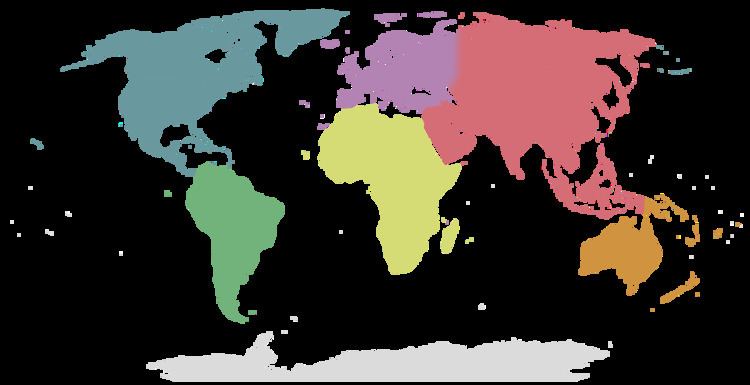 | ||
Hinduism is the major religion of Nepal. In the 2011 census, approximately 81.3 percent of the Nepalese people identified themselves as Hindus, although observers note that "[m]any of the people regarded as Hindus in the 1981 census could, with as much justification, be called Buddhists." The national calendar of Nepal, Vikram Samvat, is a solar Hindu calendar essentially the same to that widespread in North India as a religious calendar, and is based on Hindu units of time.
Contents
- Hindu foundation of the Kingdom of Nepal
- Hindu symbolism of Nepal
- List of festivals in Nepal
- Hindu Buddhist syncretism
- Hindu population by district
- References
The geographical distribution of religious groups revealed a preponderance of Hindus, accounting for at least 87 percent of the population in every region. Among Tibeto-Burman-speaking communities in Nepal, those most influenced by Hinduism are the Magars, Sunwar, and Rai peoples.
Hindu foundation of the Kingdom of Nepal
Historians and local traditions say that a Hindu sage named "Ne" established himself in the valley of Kathmandu during prehistoric times, and that the word "Nepal" means the place protected ("pala" in Sanskrit) by the sage Ne. He performed religious ceremonies at Teku, the confluence of the Bagmati and Bishnumati rivers. According to legend he selected a pious cowherd to be the first of the many kings of the Gopala Dynasty. These rulers are said to have ruled Nepal for over 500 years. He selected Bhuktaman to be the first king in the line of the Gopal (Cowherd) Dynasty. The Silncan Gopal dynasty ruled for 621 years. Yakshya Gupta was the last king of this dynasty.
According to Skanda Purana, a rishi called "Ne" or "Nemuni" used to live in Himalaya. In the Pashupati Purana, he is mentioned as a saint and a protector. He is said to have practiced penance at the Bagmati and Kesavati rivers and to have taught his doctrines there too.
Hindu symbolism of Nepal
The pennant is an important Hindu flag that is help atop Hindu temples.
It is believed that Lord Vishnu had organized the Nepali people and given them their flag, with the sun and moon as emblems on it. In a Hindu Purana, it is written that it was Lord Shiva who handed the flag to Lord Vishnu, and then Lord Vishnu to Lord Indra, for the purpose for battling demons.
List of festivals in Nepal
Hindu-Buddhist syncretism
However, there has traditionally been a great deal of intermingling of Hindu and Buddhist beliefs. Many of the people regarded as Hindus in the 1981 census could also in some senses be called Buddhists. Hindus long have worshipped at Buddhist temples and Buddhists at Hindu temples. The reason for this is that both Hinduism and Buddhism have common roots, and over most of their history have not been seen as separate communions, but rather rival tendencies within a shared religious tradition. Because of such dual faith practices (or mutual respect), the differences between Hindus and Buddhists have been very subtle and academic in nature; Hindus and Buddhists have never engaged in any religious conflicts for past millennia. There are many temples where both Hindus and Buddhists can enter and worship.
Hindu population by district
janakpur(mithala dham) 99.95%
